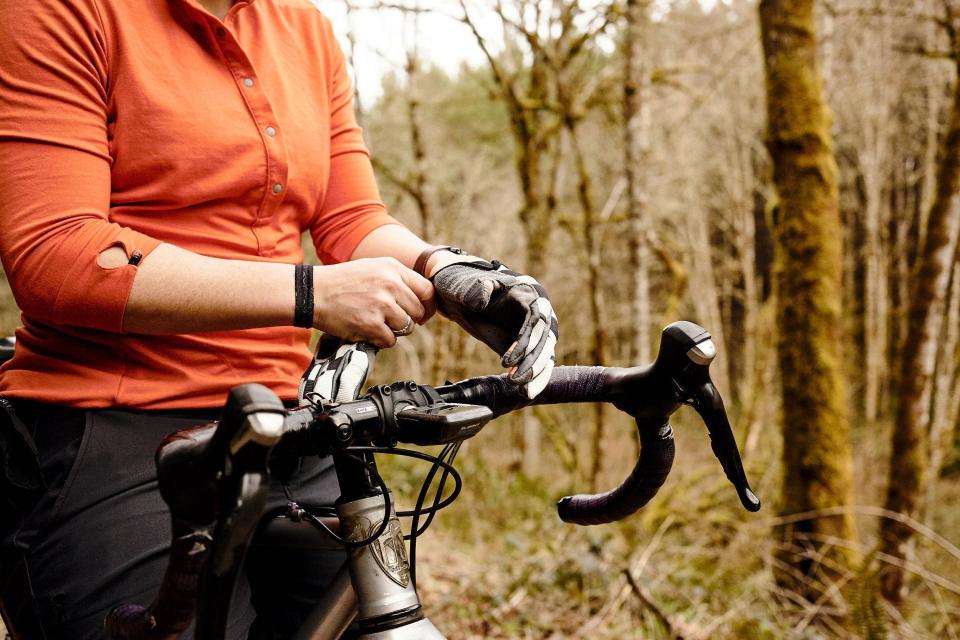Grip Strength Is Important for More Than Just Squeezing Your Handlebars and Brakes

Weak grip strength has been linked to poorer mobility as you age, according to research.
Grip strength and muscle mass are related, and low muscle mass has often been associated with mobility concerns, because with less muscle comes reduced function.
Exercises you can do to work on your grip strength include farmer’s carries, kettlebell holds, and dead hangs.
Although maintaining endurance and intensity during rides are important as you age, research in the journal Archives of Gerontology and Geriatrics suggests there’s another major measure when it comes to mobility and longevity: how well you can grip the handlebars.
Handgrip is currently the most widely used way to identify overall muscular strength for older people, and previous research has found associations between a weak grip and negative health outcomes. For example, one study suggested it should be used as a biomarker just as much as bone mineral density for predicting risk of falls.
→ No matter what you’re looking to improve in your riding life, find it with Bicycling All Access!
In the recent study, researchers looked at just over 5,700 people aged 60 and older who had handgrip strength measured with a simple device called a dynamometer, which measures the isometric strength of the hand and forearm muscles.
They compared the measurements to the participants’ reports of mobility impairment and found a strong association: Men with a handgrip of less than 32 kilograms (70 pounds) were 88 percent more likely to have mobility issues, and women with less than 21 kg (46 lbs) were 89 percent more likely to have mobility issues, regardless of other lifestyle behaviors or medical conditions.
This is because strong grip requires a certain level of muscular force. While it’s partially a measure of hand and forearm strength, it also gives a clue about muscle mass throughout the body, especially during aging when this mass starts to decline. Low muscle mass has often been associated with mobility concerns, because with less muscle comes reduced function.
Like so many other aspects of aging, prevention is more powerful than treatment, according to the study’s co-author Tiago da Silva Alexandre, Ph.D., professor in the Department of Gerontology at the Federal University of São Carlos in Brazil. He told Bicycling that the study’s takeaway message should be that mobility loss is not an inevitable part of aging, but that once it’s lost, that mobility is very difficult to regain.
That’s why the researchers actually tweaked the methodology during the study so that those with lower handgrip strength could be identified sooner, and offered training to prevent further muscle weakness. Alexandre emphasized that people at any age should think of strength training as a must-have strategy for healthy aging.
In terms of grip strength specifically, how can you see improvements beyond simply riding more often and squeezing your handlebars and brakes? Forearm exercises. These can prevent hand fatigue, boost overall strength, and give you better ability hang onto your handlebars and, if you’re a mountain biker, shred over rocks and roots on the trail.
Exercises like a farmer’s carry, 90-degree kettlebell hold, ball squeeze, and dead hang can build strength in all three types of grip: crush, support, and pinch grip . Not only will you see potential performance gains, but it might just help you live longer, too.
You Might Also Like
